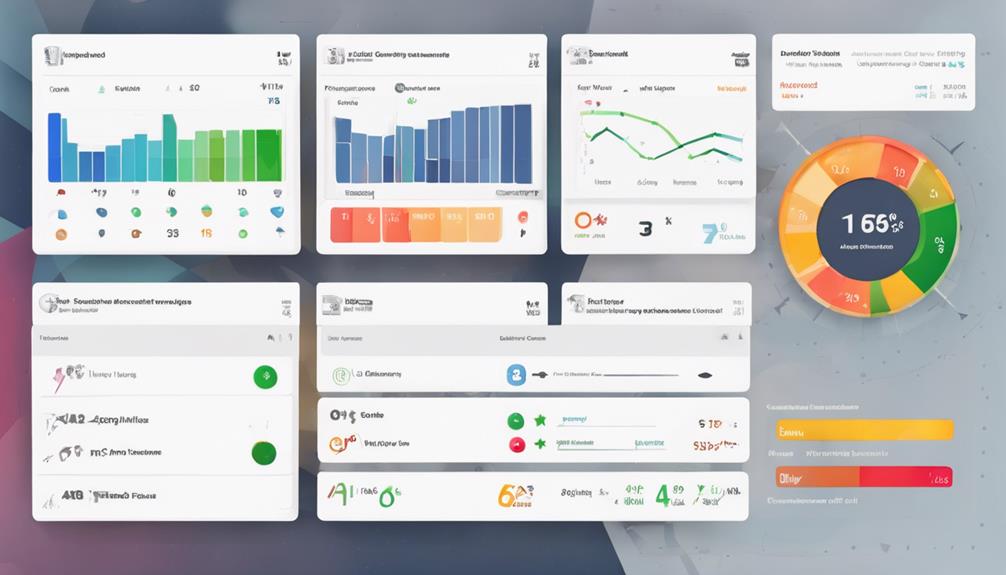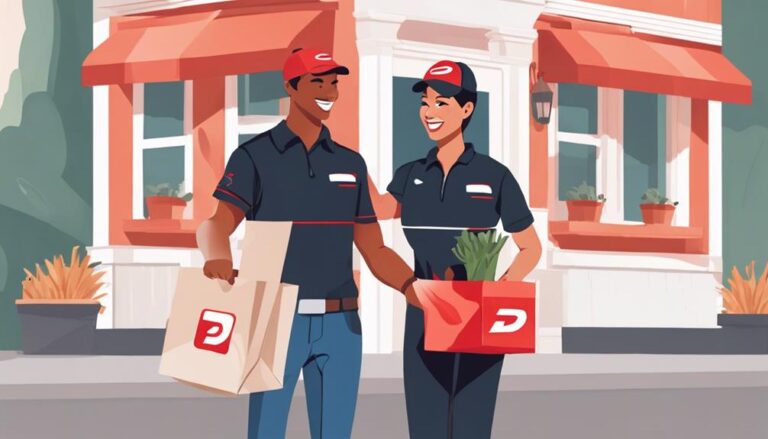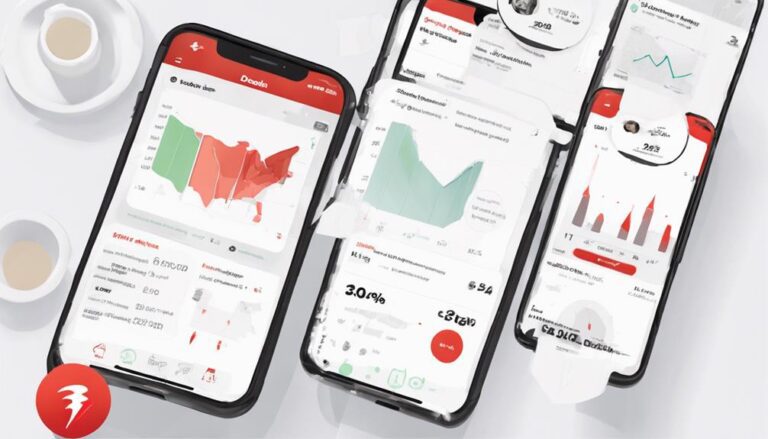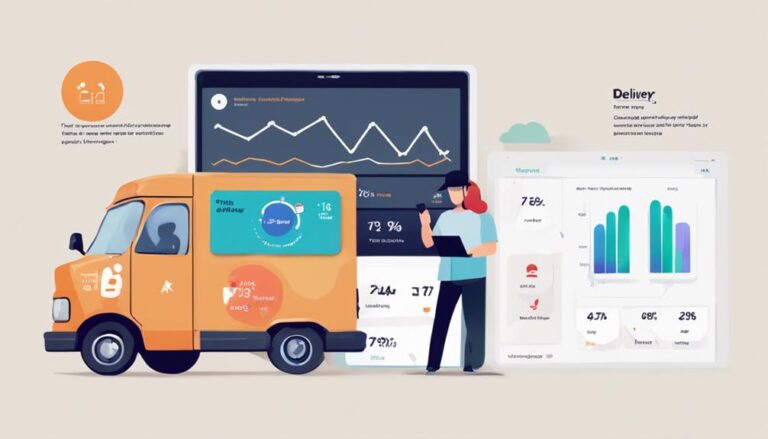Elevating Driver Performance Through Customer Ratings and Feedback
Have you ever pondered the impact of a simple rating or comment on a driver's performance? The domain of customer ratings and feedback holds a treasure trove of insights that can potentially revolutionize the way drivers operate. By harnessing the power of feedback mechanisms and leveraging customer comments, companies can reveal a treasure trove of information that could propel driver performance to new heights.
But how exactly can this data be effectively utilized to enhance the skills and professionalism of drivers? Let's explore the intricate web of possibilities that customer ratings and feedback present in the domain of driver performance.
Key Takeaways
- Customer ratings and feedback drive driver performance improvements.
- Implementing feedback mechanisms enhances service quality.
- Analyzing customer comments guides targeted training for drivers.
- Tracking progress and adjusting strategies based on real-time feedback ensure continuous growth.
Importance of Customer Ratings
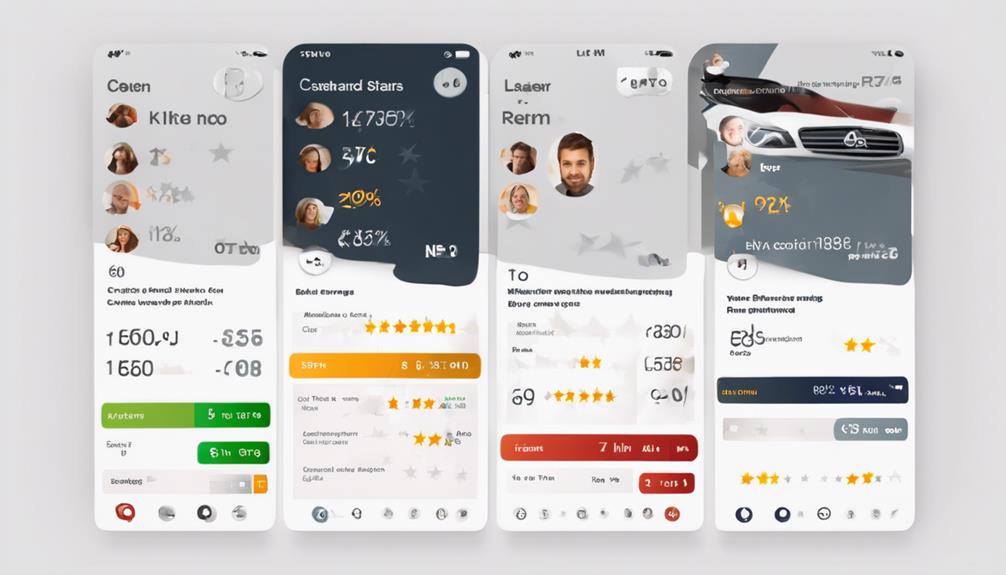
Why are customer ratings important for evaluating driver performance effectively?
Customer ratings play an important role in evaluating driver performance as they directly impact customer satisfaction. The feedback provided through ratings offers valuable insights into the quality of service provided by drivers, allowing companies to identify areas for improvement and implement necessary changes promptly.
High ratings often correlate with positive customer experiences, leading to increased customer satisfaction levels. On the other hand, low ratings can highlight potential issues such as tardiness, poor driving behavior, or lack of professionalism, which can have a major impact on customer satisfaction and loyalty.
Implementing Feedback Mechanisms

To enhance driver performance evaluation effectively, you must establish robust feedback mechanisms that actively collect and analyze customer ratings and comments. Feedback integration is essential for gaining valuable insights into driver performance and areas for improvement. By implementing feedback mechanisms, companies can directly involve customers in the evaluation process, leading to more accurate and thorough assessments.
Performance enhancement is directly linked to the quality of feedback received. Creating a seamless feedback process encourages customers to provide detailed and constructive comments, offering specific suggestions for driver improvement. Real-time feedback mechanisms enable swift responses to both positive and negative ratings, allowing for immediate corrective actions and recognition of exceptional performance.
Utilizing technology for feedback collection and analysis streamlines the process, making it easier for customers to share their experiences and for companies to identify trends and patterns. By embracing feedback mechanisms, you can foster a culture of continuous improvement and make sure that driver performance aligns with customer expectations.
Analyzing Customer Comments

Implementing a systematic approach to analyzing customer comments is important for extracting meaningful insights to enhance driver performance effectively. By analyzing sentiments expressed in customer feedback, you can uncover valuable information about areas needing improvement. Look for recurring themes in comments to identify common pain points or strengths. Pay close attention to keywords like 'prompt,' 'courteous,' or 'safe driving,' as these can highlight specific aspects of the driver's performance that customers value.
Improving communication is another key aspect to focus on when analyzing customer comments. Look for feedback related to how well the driver communicated with passengers, handled inquiries, or resolved issues. Comments mentioning clear instructions, friendly demeanor, or responsiveness can indicate strong communication skills. Addressing any communication gaps identified in the feedback can lead to better overall customer satisfaction and driver performance. Remember, effective analysis of customer comments can provide actionable insights for targeted improvements in driver performance.
Providing Targeted Training
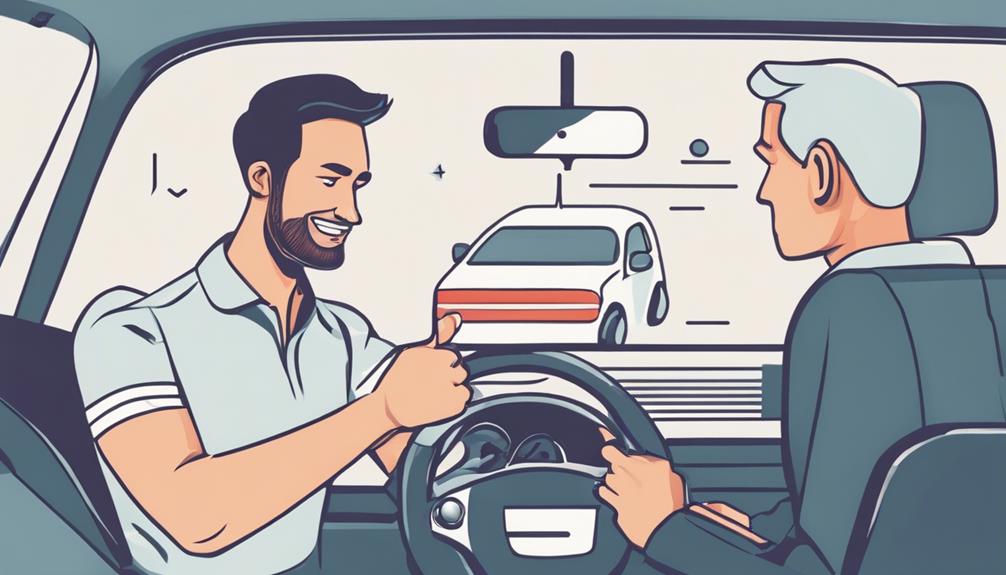
When considering providing targeted training to drivers based on customer feedback, focus on specific areas of improvement identified through rigorous analysis of customer comments. Targeted coaching is essential for enhancing driver performance. By analyzing customer ratings and feedback, you can pinpoint precise areas where drivers may need additional support. Personalized development plans can then be tailored to address these specific needs effectively. Utilize data-driven insights to determine the most critical areas for improvement and allocate resources accordingly.
Implementing targeted training programs allows drivers to focus on enhancing their skills in areas that will have the most significant impact on customer satisfaction. By honing in on specific weaknesses identified through customer feedback, drivers can make meaningful progress towards improving their overall performance. Providing personalized development opportunities not only benefits individual drivers but also contributes to the success and reputation of your driving team as a whole. Remember, targeted training is a strategic approach that empowers drivers to excel in their roles and deliver exceptional service.
Tracking Progress and Adjusting Strategies
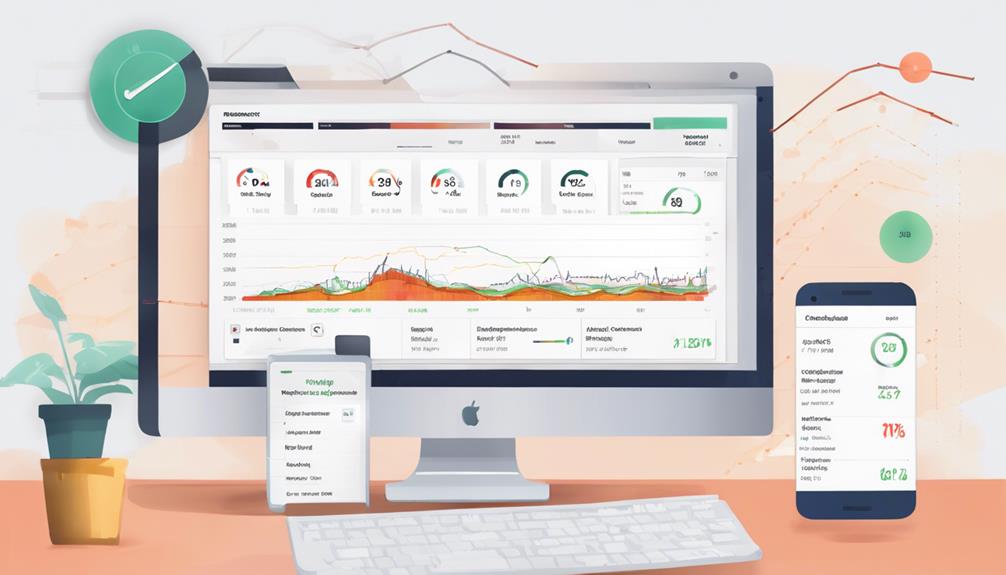
By continuously monitoring driver performance metrics and feedback data, you can effectively track progress and make informed adjustments to your training strategies for best results. Performance evaluation is vital in identifying areas for improvement and recognizing strengths. Through a data-driven approach, you can pinpoint specific skills or behaviors that need enhancement, leading to targeted training interventions for performance improvement.
| Metrics | Current Status | Target Goal | Action Plan |
|---|---|---|---|
| On-time Deliveries | 85% | 95% | Implement route optimization strategies |
| Customer Ratings | 4.2/5 | 4.5/5 | Provide additional communication training |
| Accident Rate | 2% | <1% | Conduct defensive driving workshops |
Tracking progress allows you to adapt swiftly to changing circumstances and trends. By utilizing real-time feedback and performance data, you can adjust your strategies promptly to guarantee continuous growth and excellence. Performance evaluation should be an ongoing process, fostering a culture of learning and development within your team.
Frequently Asked Questions
How Do Driver Performance Ratings Affect Company Reputation and Customer Loyalty?
When you rate drivers, you influence company image and loyalty. Positive ratings boost brand perception and customer retention. Your feedback shapes driver performance, impacting how the company is perceived and the loyalty it garners.
Are There Any Legal Considerations or Privacy Concerns Related to Collecting and Using Customer Feedback for Driver Performance Evaluations?
When collecting customer feedback for driver evaluations, legal implications and data privacy should be key concerns. Ensuring compliance with laws and safeguarding personal information are essential for maintaining trust and avoiding potential legal issues.
How Do You Ensure That Customer Ratings Are Fair and Accurate Representations of Driver Performance?
Guaranteeing fairness in ratings involves tracking trends, analyzing outliers, and implementing random audits. Accuracy measurements can include time-sensitive feedback and multi-rater evaluations. Consistent calibration sessions ensure alignment and fairness across all ratings.
What Strategies Can Be Implemented to Address Negative Feedback and Improve Driver Performance Effectively?
To address negative feedback and enhance driver performance, you can implement coaching sessions that provide personalized guidance and support. Training programs tailored to specific areas of improvement can also be effective in boosting overall performance.
How Do You Communicate Feedback and Performance Improvement Goals to Drivers in a Constructive and Motivating Way?
When providing feedback and setting performance improvement goals for drivers, you can use motivational coaching techniques to inspire growth. Clear communication of performance metrics and constructive feedback fosters a culture of continuous improvement and drives better results.
Conclusion
So, next time you're behind the wheel, remember that your customers are watching and rating your every move.
It may seem like a small detail, but those stars and comments can make or break your reputation.
Keep track of your progress, adjust your methods, and aim for perfection – after all, your driving performance isn't just about getting from point A to point B, it's about exceeding expectations and leaving a lasting impression.
Drive on, superstar.

